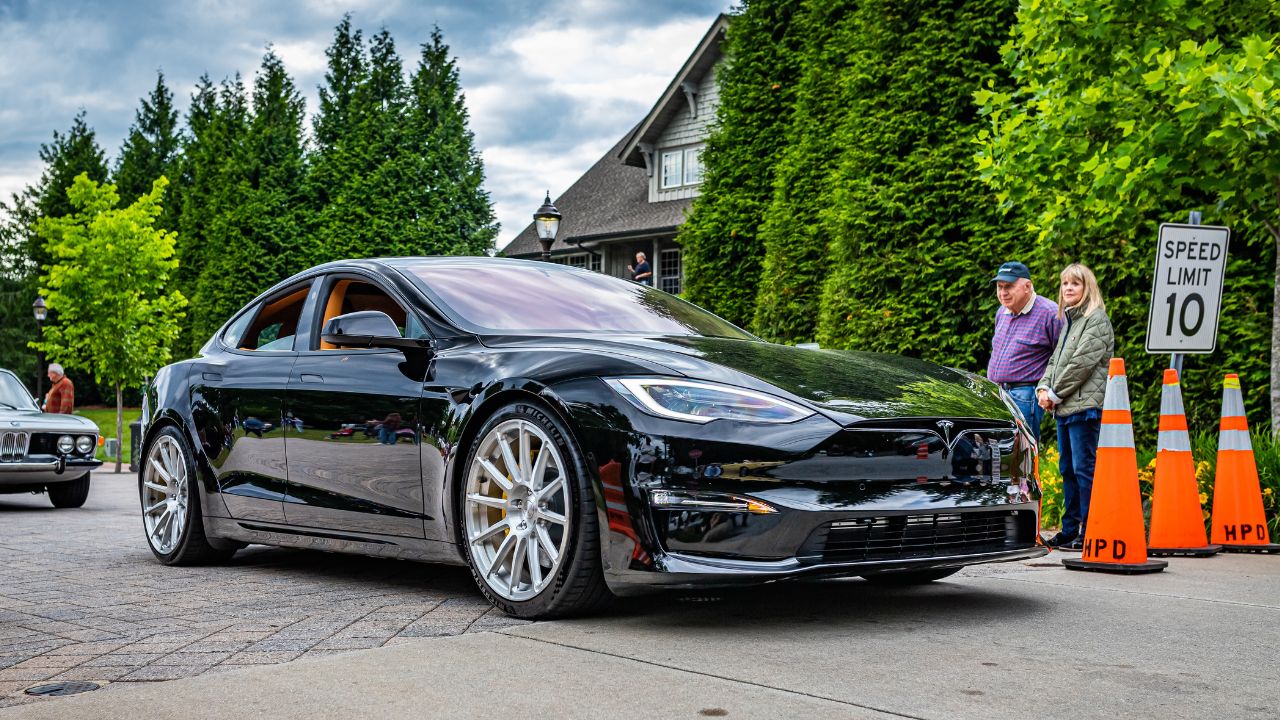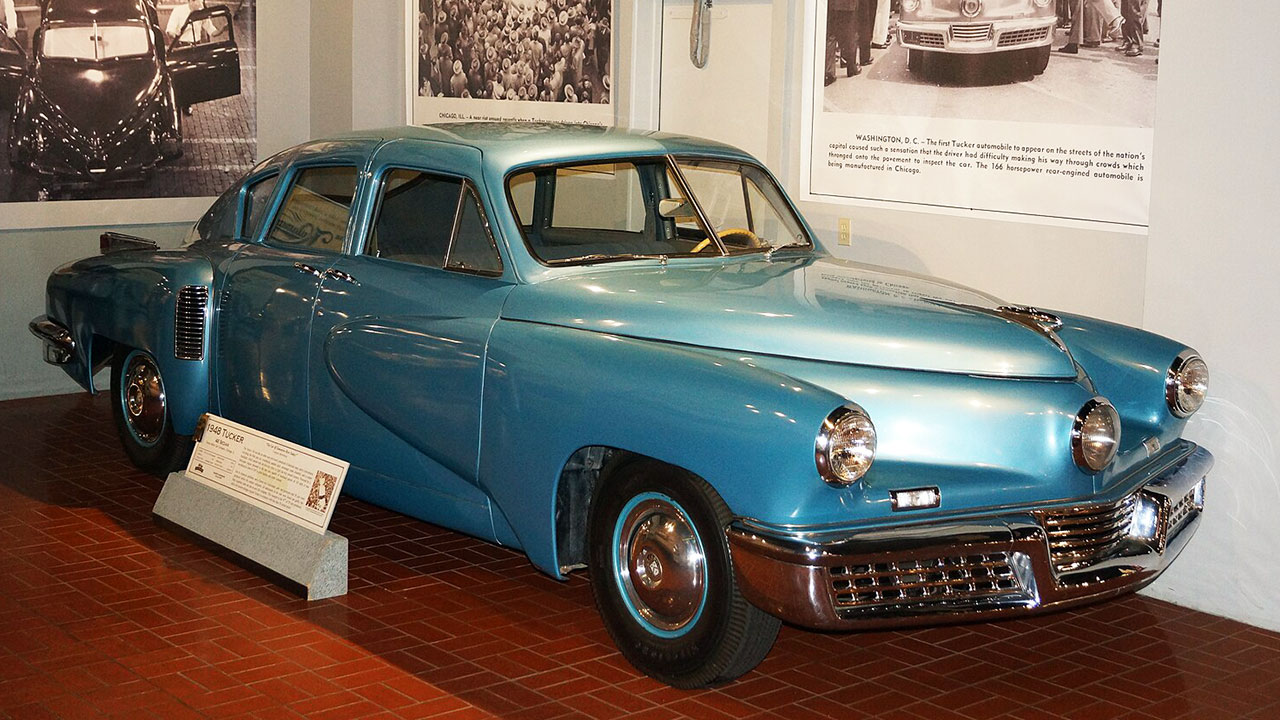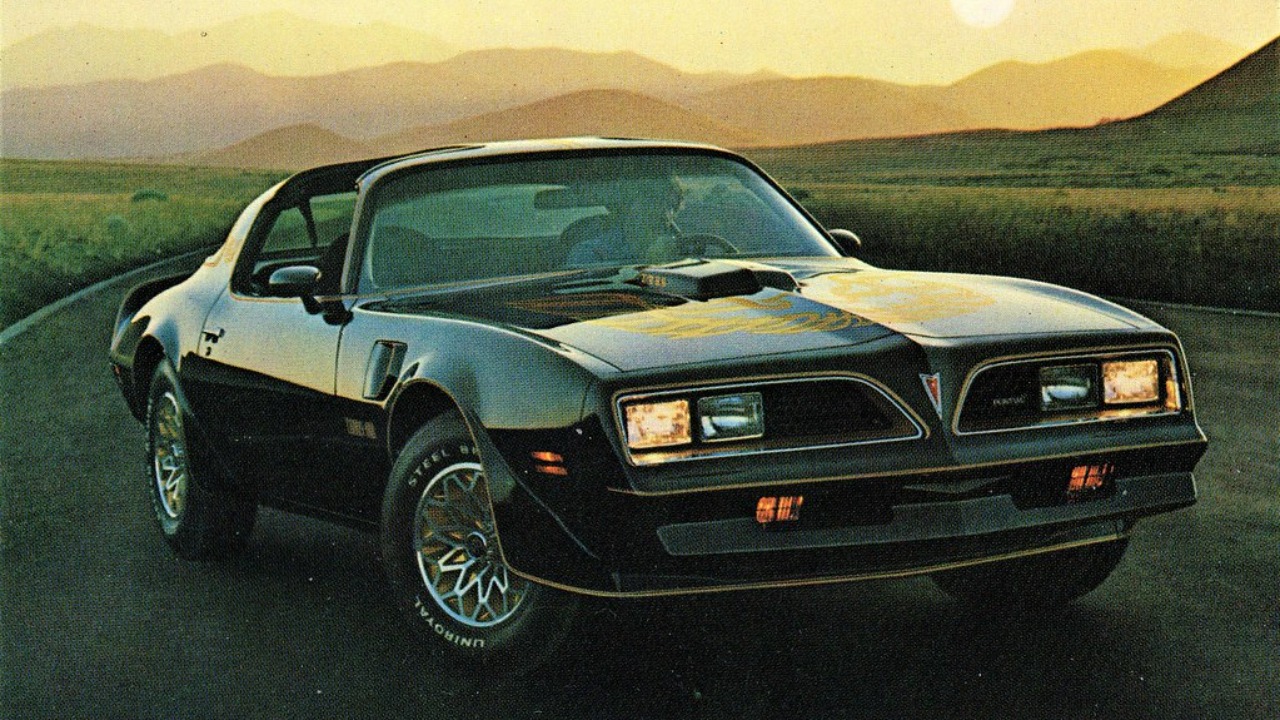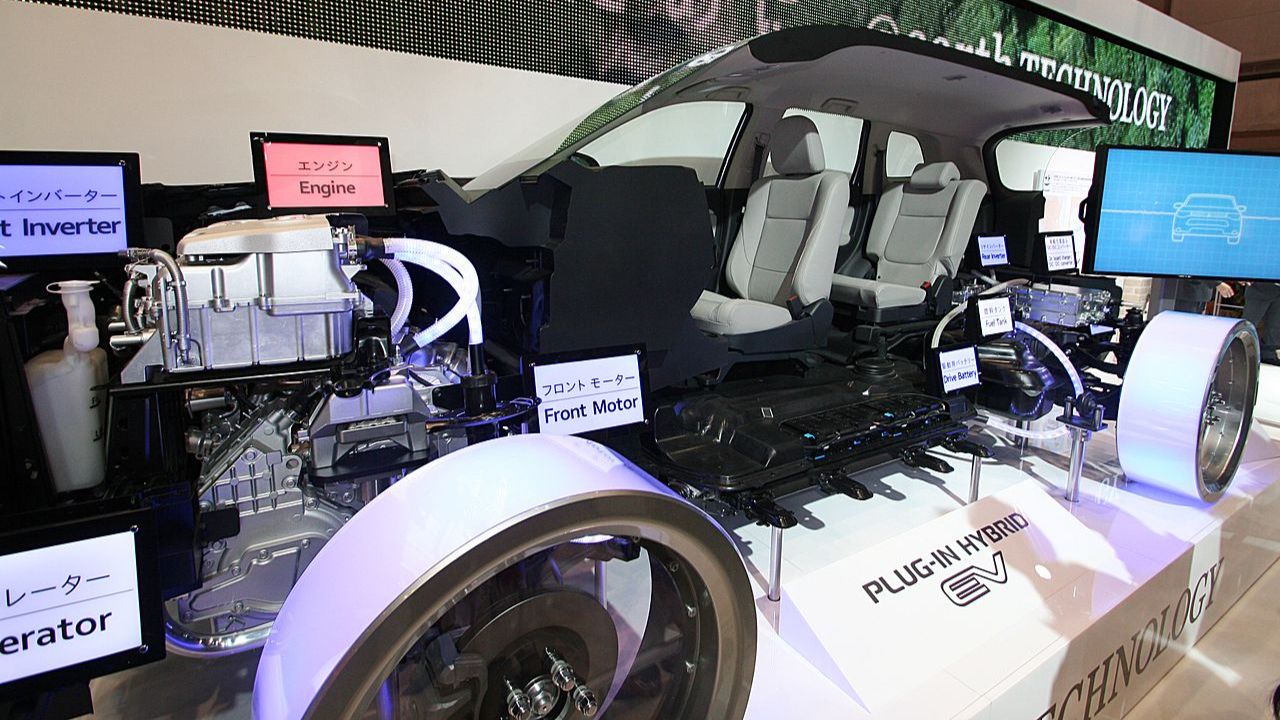Headlights are essential components of any vehicle, serving both functional and aesthetic purposes. Over the years, automakers have experimented with various designs, some of which have been rather unconventional. This exploration highlights the creativity and sometimes bizarre choices made by manufacturers, showcasing some of the strangest headlights ever fitted to a car.
The Evolution of Headlight Design

The journey of automotive lighting began with the introduction of acetylene lamps in the late 19th century. These early headlights were primarily functional, designed to illuminate the road ahead in the absence of street lighting. As technology advanced, electric headlights emerged in the early 1900s, offering improved brightness and reliability. This marked the beginning of a new era in headlight design, where functionality and safety became paramount.
Over the decades, technological advancements have significantly influenced headlight design and functionality. The introduction of halogen bulbs in the 1960s provided brighter and more efficient lighting, while the 1990s saw the advent of xenon and LED headlights, which offered even greater illumination and energy efficiency. These innovations not only enhanced visibility but also allowed designers to experiment with different shapes and placements, integrating headlights seamlessly into the overall vehicle design.
As car design trends evolved, so did the role of aesthetics in headlight design. The 1980s and 1990s, in particular, saw a surge in creative headlight designs, with manufacturers using them as a key element to define a car’s character. From sleek, aerodynamic shapes to bold, angular designs, headlights became a canvas for automotive designers to express their creativity and align with the brand’s identity.
Iconic Yet Unconventional Headlights

Pop-up headlights became a defining feature of many sports cars in the 1970s and 1980s. These headlights, which retracted into the car’s body when not in use, were both a stylistic choice and a practical solution to aerodynamic challenges. Iconic models like the Chevrolet Corvette and the Mazda RX-7 embraced this design, capturing the imagination of car enthusiasts worldwide. However, the rise of pedestrian safety regulations and advancements in headlight technology eventually led to their decline.
Swivel headlights, designed to rotate in the direction of the steering wheel, offered improved visibility around corners. This innovative feature was first introduced by the Tucker 48 in the late 1940s and later popularized by models like the Citroën DS in the 1960s. Although not widely adopted, swivel headlights demonstrated the potential for headlights to enhance driving safety by adapting to road conditions.
Hidden headlights, which were concealed behind panels or grilles, added an element of mystery and allure to car designs. The 1967 Pontiac GTO and the 1968 Dodge Charger are prime examples of this trend, where the headlights were only revealed when needed. This design choice not only contributed to a sleek and uncluttered front end but also became a hallmark of American muscle cars during that era.
Headlights Inspired by Nature and Art

Biomimicry in headlight design has led to some fascinating creations, with designers drawing inspiration from the natural world. The 2005 Citroën C6, for instance, featured headlights that resembled the eyes of a predatory bird, giving the car a distinctive and aggressive appearance. Such designs not only enhance the car’s aesthetic appeal but also create a unique identity that sets it apart from conventional designs.
Artistic collaborations have also resulted in unique headlight designs that push the boundaries of traditional automotive styling. The BMW Art Car project, which began in 1975, invited renowned artists to transform BMW models into works of art. While the focus was primarily on the car’s body, some designs extended to the headlights, incorporating artistic elements that challenged conventional design norms.
Futuristic concepts often draw inspiration from science fiction and fantasy, leading to headlight designs that seem ahead of their time. The Lamborghini Terzo Millennio, a concept car unveiled in 2017, features headlights that are integrated into the car’s bodywork, creating a seamless and futuristic appearance. Such designs not only showcase the potential of future automotive lighting but also inspire current and future designers to think beyond traditional boundaries.
The Impact of Strangest Headlights on Car Culture

Cars with unconventional headlights often develop a cult following, attracting enthusiasts who appreciate their unique design and historical significance. Models like the DeLorean DMC-12, with its distinctive gull-wing doors and hidden headlights, have become iconic symbols of 1980s pop culture, largely due to their appearance in films like “Back to the Future.” These cars continue to captivate collectors and fans, who celebrate their unique place in automotive history.
The collectibility and value of cars with unique headlights are often enhanced by their rarity and design innovation. Limited production models or those with particularly unusual features can command high prices at auctions, as collectors seek to own a piece of automotive history. The rarity of such designs, combined with their aesthetic appeal, often makes them highly desirable among collectors.
Unconventional headlights have also influenced modern automotive design, inspiring designers to experiment with new shapes, technologies, and placements. As manufacturers continue to explore the possibilities of LED and laser lighting, the legacy of these strange headlights lives on, encouraging a new generation of designers to push the boundaries of what is possible in automotive lighting.
Challenges and Controversies

While unconventional headlights can be visually striking, they often present challenges in terms of practicality and functionality. Maintaining and repairing these unique designs can be difficult and costly, as replacement parts may be scarce or require specialized knowledge to install. This can deter some potential buyers, who may prioritize ease of maintenance over aesthetic appeal.
Regulatory hurdles have also posed challenges for some headlight designs, as safety and compliance standards vary across regions. Certain designs, such as pop-up headlights, faced legal challenges due to pedestrian safety concerns, leading to their eventual decline. Manufacturers must navigate these regulations carefully to ensure that their designs meet safety standards while still offering innovative features.
Public perception of unconventional headlights can be mixed, with some consumers and critics embracing the creativity and uniqueness of these designs, while others view them as impractical or gimmicky. Despite these differing opinions, the impact of these headlights on automotive design and culture is undeniable, as they continue to inspire and challenge the industry to innovate and evolve.
Like Fast Lane Only’s content? Be sure to follow us.
Here’s more from us:
*Created with AI assistance and editor review.







Leave a Reply